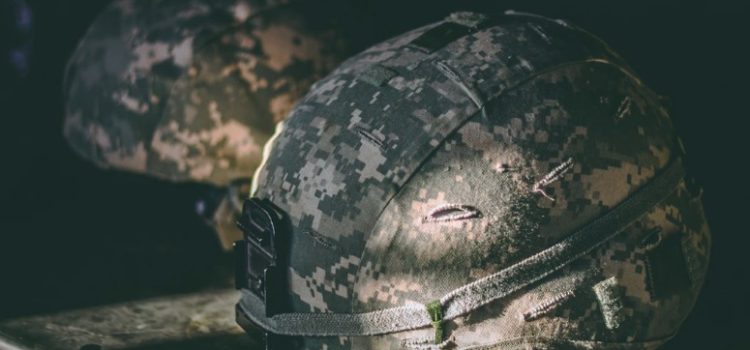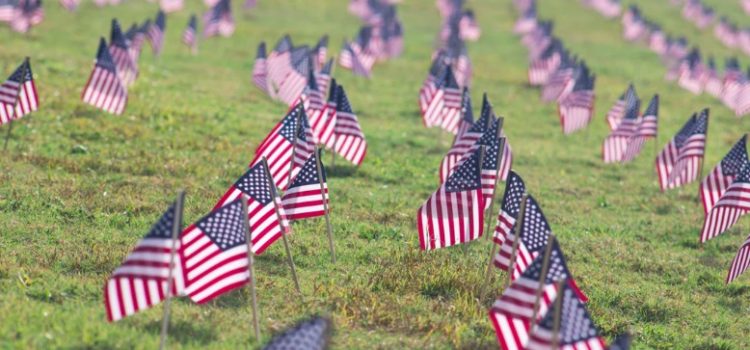Brenda Zimmerman and Sholom Glouberman, who study complexity, defined three kinds of problems: simple, complicated, and complex. What’s the difference? Particularly, what’s the difference between complicated problems and complex problems? A complex problem is a problem that has many variables and for which the outcome is uncertain. An example of a complex problem is raising a child. You learn from raising one child, but the next child may require a different approach. We’ll look at the nature of complex problems, how they differ from complicated problems, and how to solve complex problems in the workplace.
Complex Problems: How to Solve Them, the Simple Way










